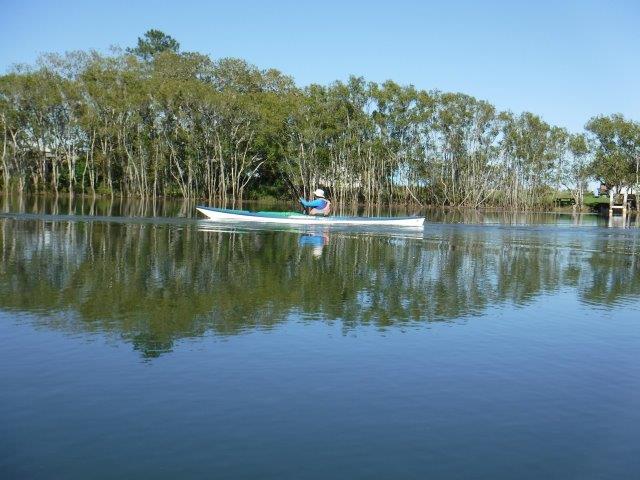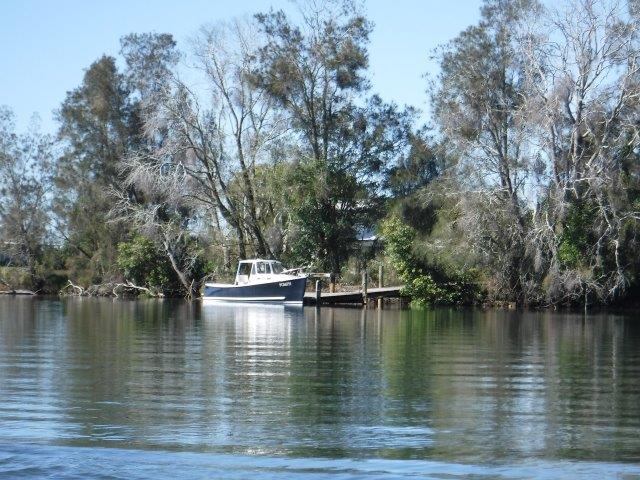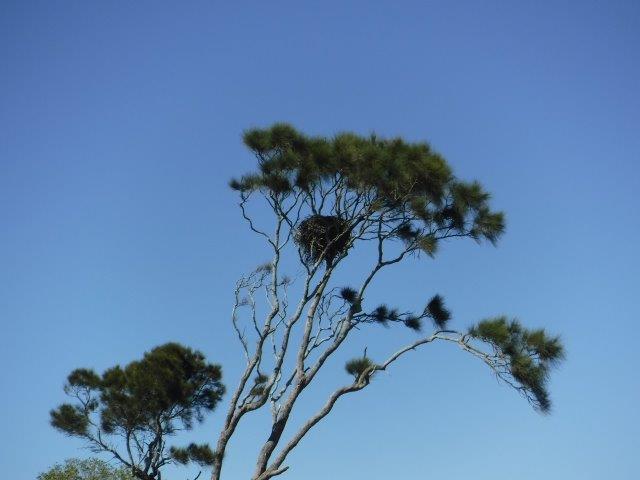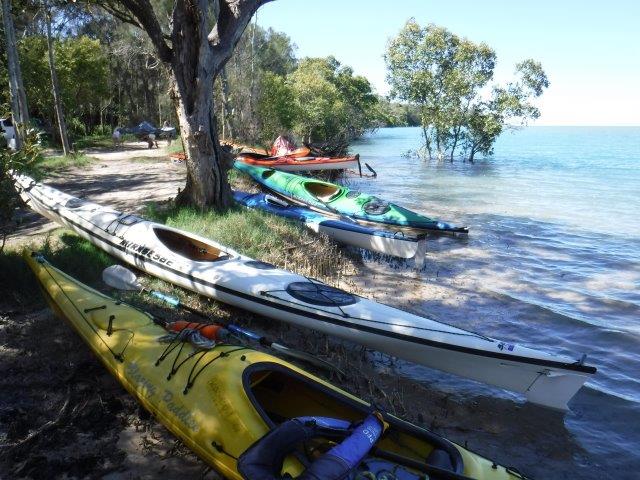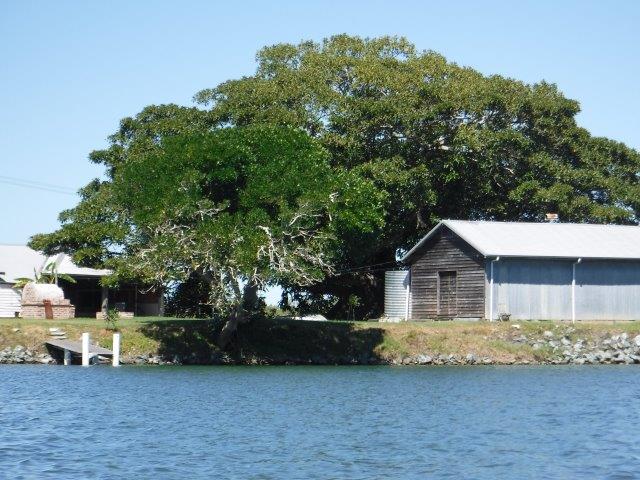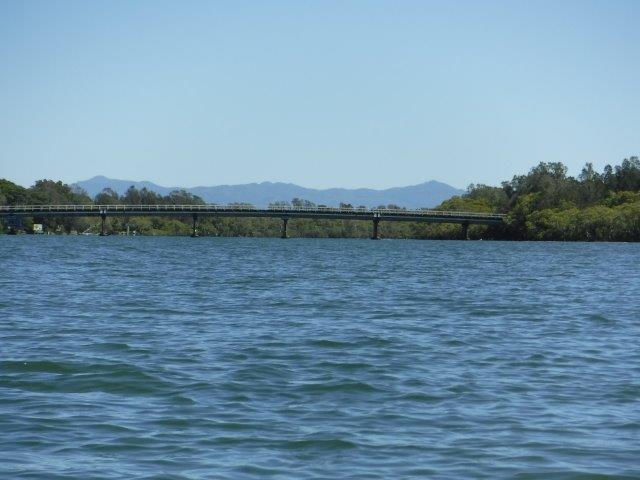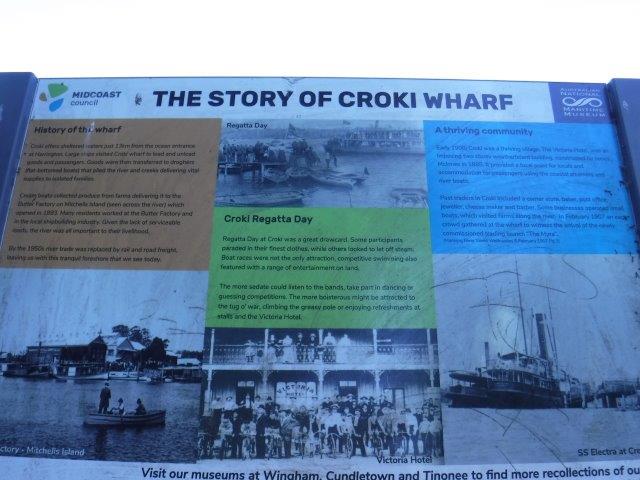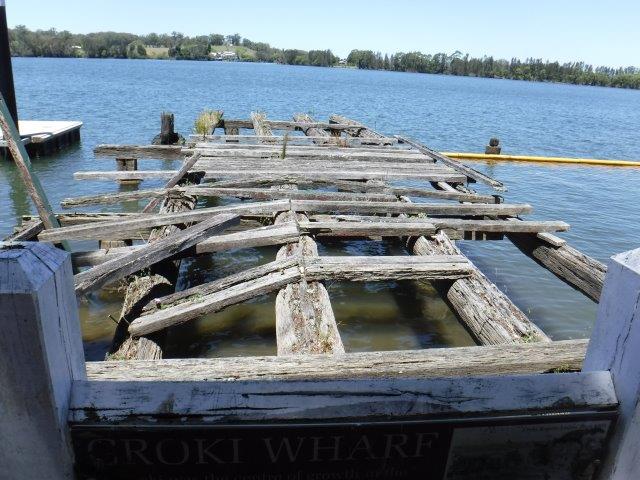Hi everyone,
Seven of us – Bill V, Julie, Peter, Barry & Maree & Bill & myself enjoyed a pleasant 17 kms paddle last Sunday from Croki down Scotts Creek to the crystal blue waters of Farquhar Inlet, the double delta of the Manning River. We had not done this paddle for years & it was good to finally reacquaint ourselves with it.
The Manning ( or BOOLUMBAHTEE,’ place where brolgas play’) rises in Mt. Barrington in the Great Dividing Range & is 261 kms in length. It becomes a double delta, the only one in the Southern Hemisphere in which there are two permanent entrances to the river: one at Old Bar & the other at Harrington. It is famously one of only two rivers in the world to have permanent multiple entrances with the other being the Nile in Egypt (Wikipedia).
Launching from the sleepy hamlet of Croki ( meaning ‘toad fish’ from groki; mid north coast library service) on Jones Island with its fabulous stand of very old, spreading Moreton Bay fig trees, we paddled across the Manning & into Scotts Creek, paddling past the old butter factory on Mitchells Island. Our paddle took as past oyster leases, remnants of timber wharves, old dairy sheds hidden behind trees, the original ferry ramp where a punt linked Mitchells & Oxley Islands, under the bridge that now connects the two islands, the little white Anglican church now camouflaged by trees, old farmhouses, grazing land & a beautiful osprey nest just before we rounded the bend where we were met by the crystal clear waters of Farquhar Inlet, the beach & lagoon area. After stopping for a rest & snack at the Reserve where people were camping, fishing, kayaking & paddle boarding, we paddled back to Croki & enjoyed lunch in the shade of the big fig trees on the waterfront behind the remnants of the historic Croki wharf . This is such a restful, secluded spot for a picnic, particularly mid week.
Prior to 1818, Aboriginal people had lived in this area for thousands of years. There were three Aboriginal tribes in situ when European settlers arrived. Sadly, however, by 1900 some 18 acres of land at Purfleet was set aside for an Aboriginal Reserve ( a joint government/missionary reserve) just outside Taree. Originally known as the Sunshine Station, Aboriginal people from the area were relocated here & not allowed to leave to go to town without the permission of the manager (https://midcoaststories.com2020/03the-establishment-purfleet-mission/). On 24 October 1818 John Oxley crossed over & named Farquhar Inlet, probably after the prominent Scottish physician ( & politician) of the same name. Scotts Creek was named after George Scott, a local timber getter & boat builder who owned land near the butter factory. In the early 1850’s, settlement on the islands of the Manning (Jones, Oxley & Mitchells in particular) began in earnest. Dairying was & still is the primary activity on the islands which were connected by a series of punts before the construction of the present-day road bridges. There were accidents & deaths over the years in connection with these punts, most notably in 1928,1956 & 1961. Boats plied the Manning & Scotts & Ghinni Ghinni (mud crab) creeks collecting milk & timber. Croki, along with Coopernook, Cundletown, Tinonee & Wingham were very important centres & the butter factory on Mitchells Island was opened by the Lower Manning Co-operative Dairy Company in February 1893.
Croki was settled in the mid 1850’s. A loading point was established at the village & sailing ships picked up corn grown on Jones Island. Many of the older men in the Manning Valley started their working lives on cream boats, & as settlement grew there were over 60 active dairy farms in the area. Historical accounts reveal this to be hard work. The 8-gallon cans had an all-up weight of 118 lbs & in those days the boat’s skipper & his assistant could load & unload 150 cans on a day’s run. They would lift at least 15 ton over a day. At most stopping places the heavy cans were transported from the milking sheds to a jetty on small trolleys called ‘trams’ which ran on wooden rails. They carried four cans & were pushed along by hand. The pick-up run was Mitchells, Mambo ( on the road into Harrington) & Oxley Islands & from there the boats travelled along Scotts & Ghinni Ghinni Creeks & the Lansdowne River towards Taree. Steam & diesel boats were also used regularly to bring people from as far upriver as Wingham to attend regatta & picnic days, including the popular Boxing Day picnic. The Manning Valley itself has an interesting history & I have included in the photos a collage of old photos on a wall in Croki.
Thanks to our fellow paddlers for your company & we hope you enjoyed the outing.
Cheers
Caroline & Bill



